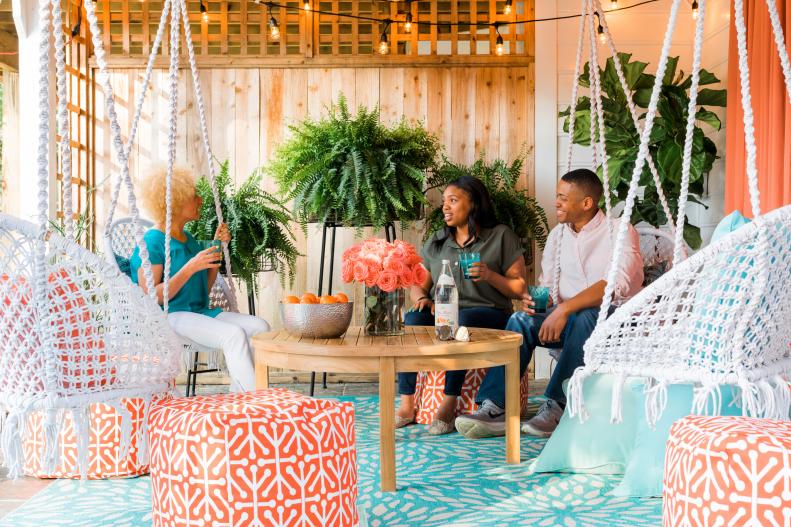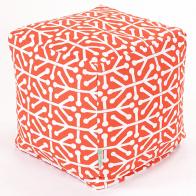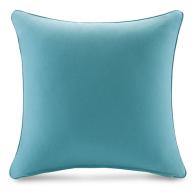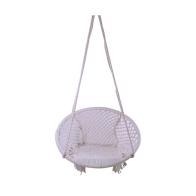1 / 11
Which Outdoor Furniture is Best for You?
You have lots of options when it comes to buying deck and patio furniture. When you factor in all the materials and finishes to choose from, it can be a little overwhelming. From durability and weather resistance to cleaning and maintenance, there's a lot to consider. That's why we've created this go-to guide on the most popular materials on the market.























